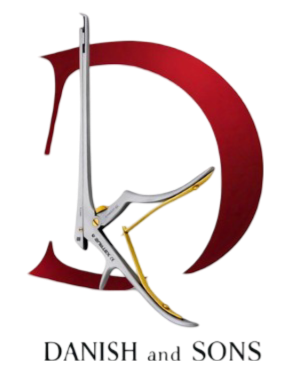Surgery is a complex and highly specialized field that relies on a variety of instruments to perform procedures safely and effectively. These instruments are meticulously designed to assist surgeons in manipulating tissues, cutting, suturing, and conducting various interventions. Understanding the tools of the trade can enhance our appreciation of the surgical process and the skill involved in performing operations. This article will explore the primary categories of surgical instruments and highlight some commonly used tools within each category.
1. Cutting Instruments
Cutting instruments are essential for making incisions in tissue and organs. The most recognized cutting instrument is the scalpel, which typically features a sharp blade mounted on a handle. Scalpels come in various sizes and types, allowing surgeons to choose the appropriate one based on the procedure's requirements.
Scissors are another critical cutting instrument, available in multiple designs. For example, metzenbaum scissors are ideal for delicate dissection, while Mayo scissors are used for cutting thicker tissue. These instruments are designed with precision to ensure clean cuts and minimize tissue trauma.
2. Grasping Instruments
Grasping instruments help surgeons hold, pull, or manipulate tissues during surgery. Forceps are the most common type of grasping tool, available in various forms, including tissue forceps, which have a serrated edge to grip tissue firmly, and hemostatic forceps (such as Mosquito or Kelly forceps), used to clamp blood vessels and control bleeding.
Needle holders are specialized forceps designed to securely hold needles while suturing. They often feature a ratchet mechanism for better grip and control, allowing the surgeon to make precise suturing movements.
3. Hemostatic Instruments
Control of bleeding is a crucial aspect of surgery, and hemostatic instruments play a vital role in achieving this. Clamps, such as hemostatic clamps, are used to occlude blood vessels temporarily. The Surgical Hemostatic Clamp, often referred to as a “clamp,” is particularly important during procedures involving significant vascular structures.
Additionally, electrocautery devices are commonly employed to coagulate tissue and prevent bleeding during surgery. These devices use electrical currents to generate heat, allowing surgeons to cut tissue and seal blood vessels simultaneously.
4. Suction and Irrigation Instruments
Maintaining a clear surgical field is essential for visibility and precision. Suction devices are employed to remove blood, fluids, and debris from the surgical area. The Yankauer suction tip is a popular choice for general use, while poole suction tips are effective in abdominal surgeries.
Irrigation instruments are used to flush out wounds and maintain cleanliness. Solutions are often delivered through specialized tubing and tips, allowing surgeons to wash away contaminants while performing procedures.
5. Retractors
Retractors are essential for holding back tissues and providing access to the surgical site. Hand-held retractors, such as Bennett or Richardson retractors, require an assistant to hold them in place, while self-retaining retractors (like the Balfour retractor) can hold tissue back without assistance. These instruments are crucial for ensuring that the surgical site remains visible and accessible throughout the procedure.
6. Suturing Instruments
After completing a surgical procedure, closing the incision is vital for recovery. Suture scissors are specifically designed to cut sutures cleanly and efficiently.
In addition, suture needles come in various shapes and sizes, tailored to the specific needs of the surgery. The choice of needle type affects how easily the suture can be placed, influencing healing and outcomes.
Conclusion
The instruments used in surgery are fundamental to the success of various medical procedures. Each category of instrument, from cutting tools to retractors and suturing devices, plays a specific role in the surgical process. Surgeons are trained to utilize these instruments with precision and skill, ensuring the best possible outcomes for their patients. Understanding these tools enhances our awareness of the intricate nature of surgical practices and the critical importance of surgical instrumentation in modern medicine.

